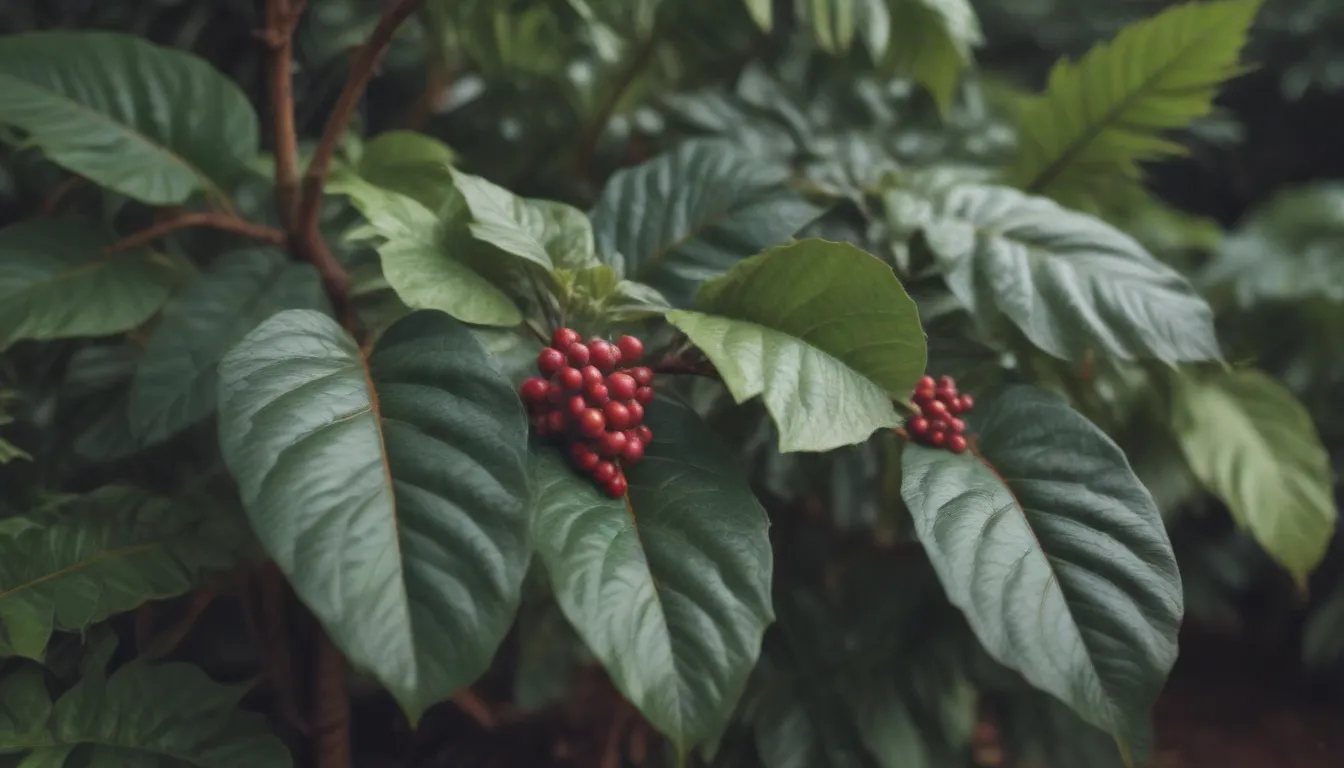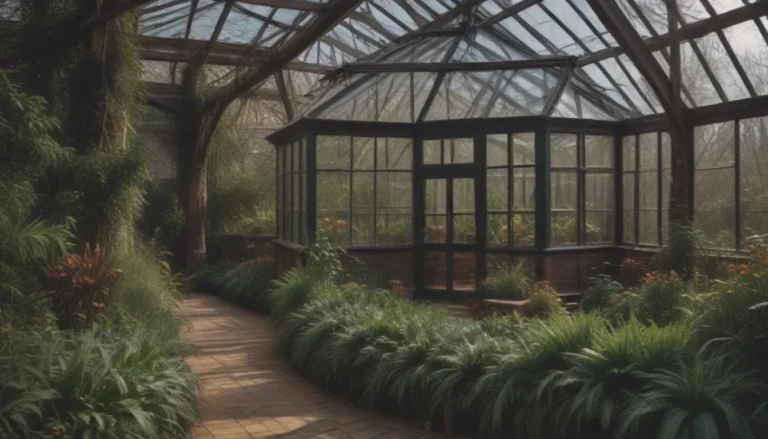Complete Guide to Growing and Caring for Coffee Plants

If you’re a coffee lover and a plant enthusiast, growing your own coffee plant can be a fun and rewarding experience. The coffee plant, also known as Coffea arabica, is a beautiful addition to your indoor garden with its glossy green leaves and the potential to yield cherries that contain those coveted coffee beans. While it may not produce enough beans to supply your morning brew, the process of nurturing a coffee plant can be a fascinating journey.
Coffee Plant Overview
In their natural habitat, coffee plants grow into medium-sized trees, but when cultivated as houseplants, they are pruned to a more manageable size. It’s important to note that all parts of the coffee plant other than the beans are toxic to both humans and pets if ingested.
Benefits of Growing Coffee Plants Indoors
- Adds a touch of greenery to your living space
- Low-maintenance plant with beautiful foliage
- Fragrant white flowers in the spring
Coffee Plant Care Tips
To ensure your coffee plant thrives, it’s essential to provide it with the right environment that mimics its natural tropical conditions. Here are the main care requirements for growing a coffee plant as a houseplant:
Light
Coffee plants prefer indirect light, similar to their natural habitat where they grow under the forest canopy. Too much direct sunlight can lead to leaf browning.
Soil
Plant your coffee plant in rich, peat-based potting soil with excellent drainage. Coffee plants prefer acidic soil with a pH between 6.0 and 6.5. If your plant is not thriving, consider adding organic matter to adjust the soil pH.
Water
Water your coffee plant deeply to moisten the soil throughout, then allow the soil to dry out about halfway before watering again. The soil should stay evenly moist but not waterlogged. Avoid letting the soil dry out completely.
Temperature and Humidity
Maintain an average temperature range between 70°F to 80°F during the day and 65°F to 70°F at night for optimal growth. Coffee plants thrive in high humidity, so consider using a humidifier to maintain a humidity level of 50 percent or higher.
Fertilizer
During the growing season in spring and summer, feed your coffee plant with a liquid fertilizer diluted to half strength every couple of weeks. Reduce the frequency to once a month in winter.
Types of Coffee Plants
In addition to the popular Coffea arabica variety, there are other noteworthy coffee plant varieties to consider:
- Coffea arabica ‘Nana’
- Coffea canephora
- Coffea liberica
- Coffea charrieriana
- Coffea magnistipula
Pruning and Propagating Coffee Plants
Regular pruning is essential to maintain the shape of your coffee plant. Use sterilized pruning shears to remove old, dead, and bare branches, as well as leaves growing directly from the lower part of the trunk. To encourage bushy growth, cut the stems at a 45-degree angle above a leaf joint.
The fastest method to propagate a coffee plant is from stem cuttings, which should be taken in the early summer for best results.
Growing Coffee Plants from Seeds
While you can sprout coffee beans that grow on your plant, keep in mind that not all coffee plant varieties produce beans true to the parent plant. Alternatively, you can purchase coffee seeds from seed companies for cultivation.
Potting and Repotting
To prevent your coffee plant from becoming rootbound, repot it when the roots outgrow the pot. Use a pot with adequate drainage holes and fresh potting soil. Late winter is the ideal time for repotting before new growth begins.
Common Pests and Diseases
Indoor coffee plants may be susceptible to infestations of mealybugs, aphids, and mites. Address infestations promptly with organic pesticides like insecticidal soap or neem oil to prevent further spread.
Encouraging Blooms and Common Issues
It typically takes three to five years for a coffee plant to bloom indoors. To encourage blooming, provide sufficient sunlight, moisture, and a moderately warm temperature. Common problems like leaf spots and browning can be resolved by addressing issues with light exposure and watering practices.
Remember, your coffee plant is a living organism that requires care and attention to thrive. By providing the right conditions and maintenance, you can enjoy the beauty of this tropical plant in your home.
Conclusion
Growing and caring for a coffee plant can be a fulfilling hobby for plant enthusiasts and coffee lovers alike. While it may not yield a significant harvest of beans, the process of nurturing a coffee plant from seed or cutting to a mature, flowering plant can be a rewarding experience. By following the tips outlined in this guide, you can create an optimal environment for your coffee plant to thrive and enjoy its beauty in your indoor garden. Whether you’re a seasoned gardener or a beginner, adding a coffee plant to your collection can provide a unique and enjoyable experience. Happy growing!





